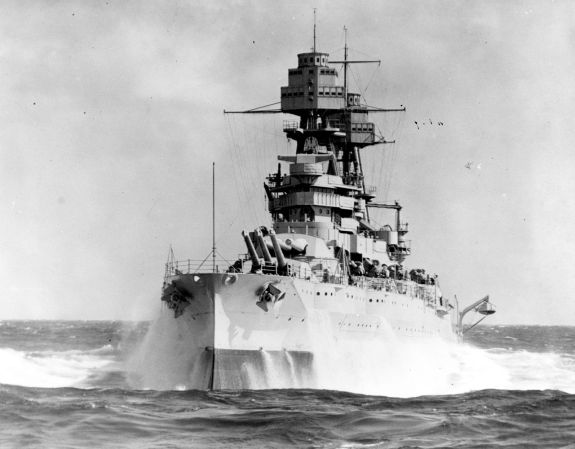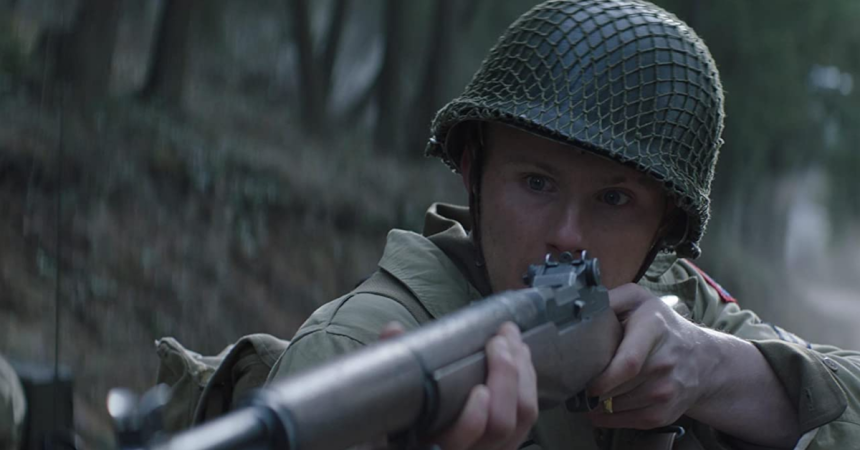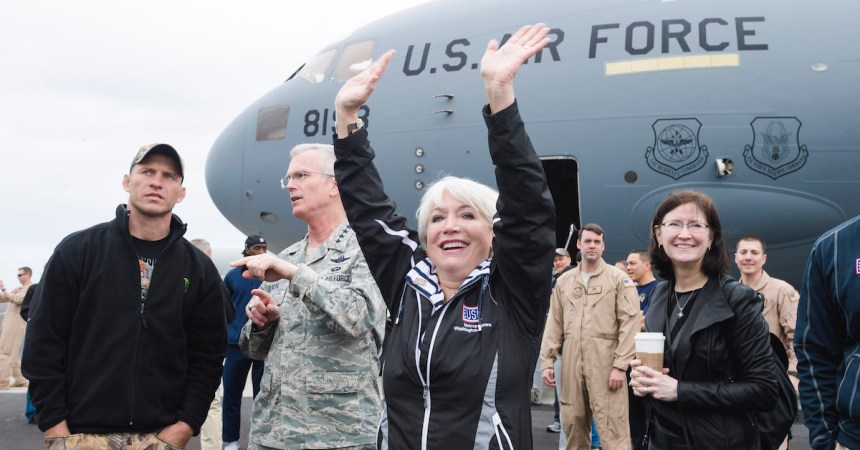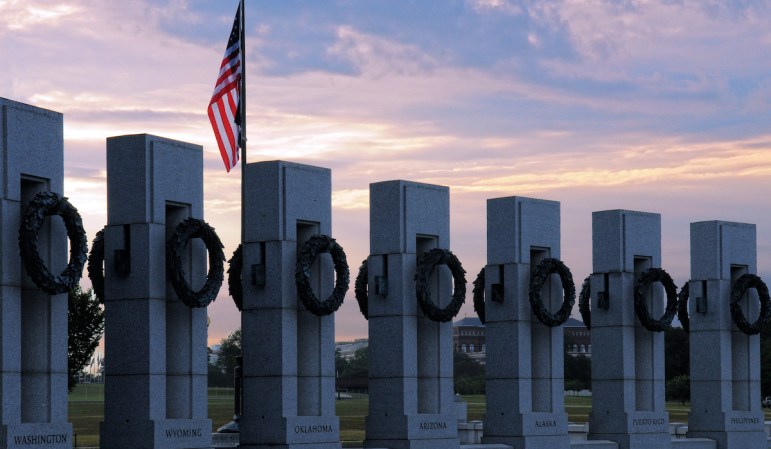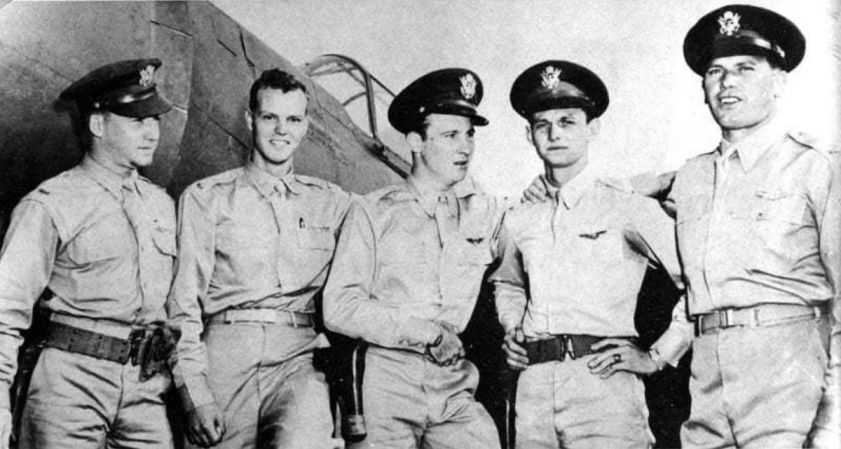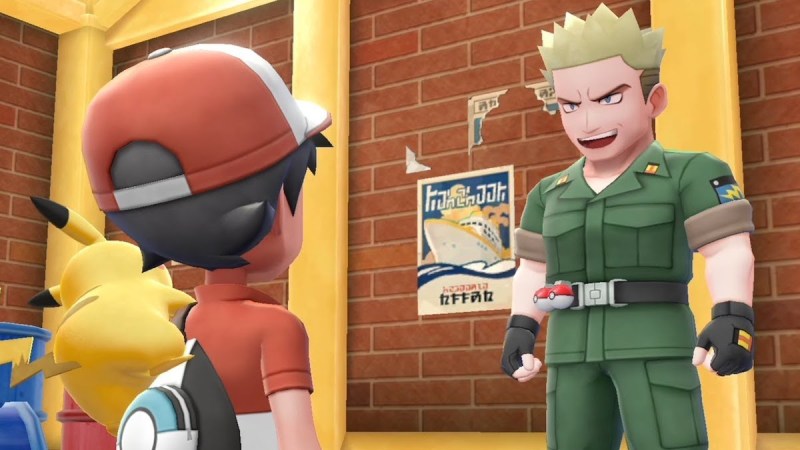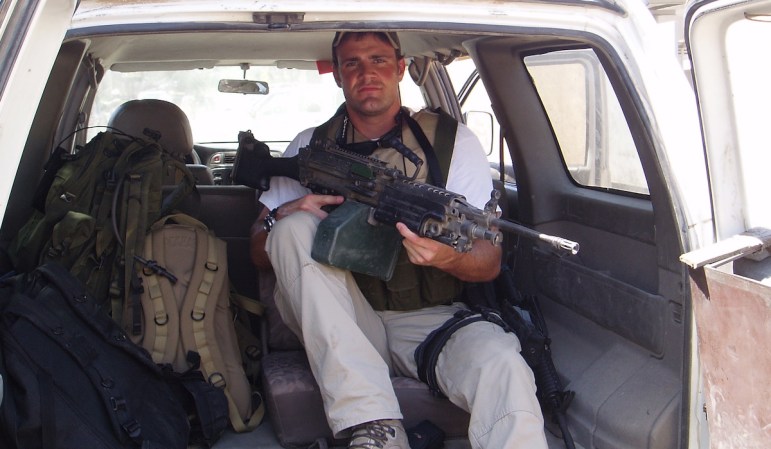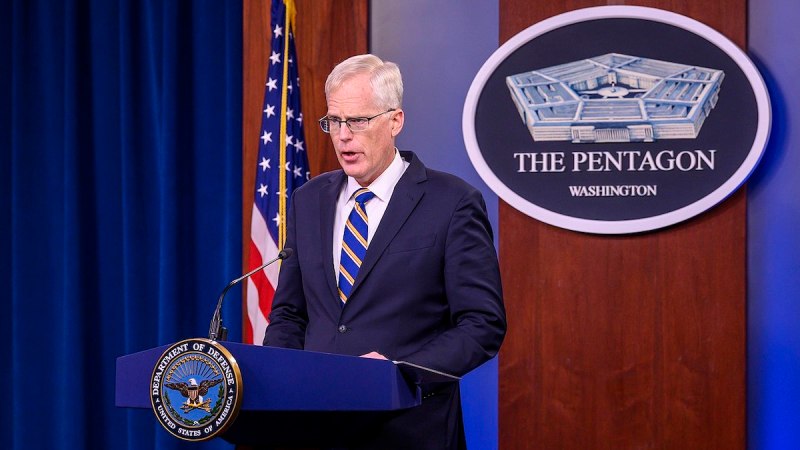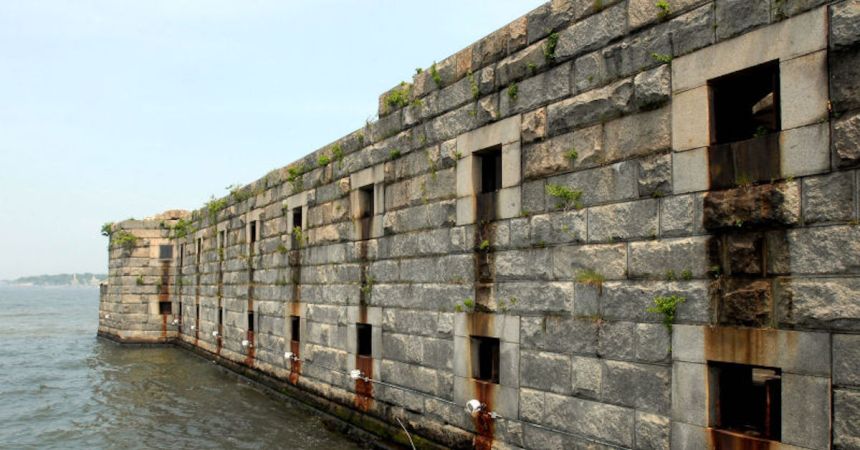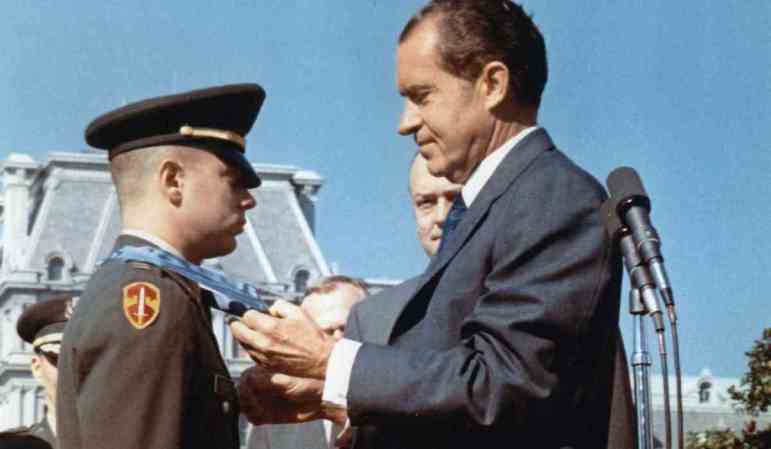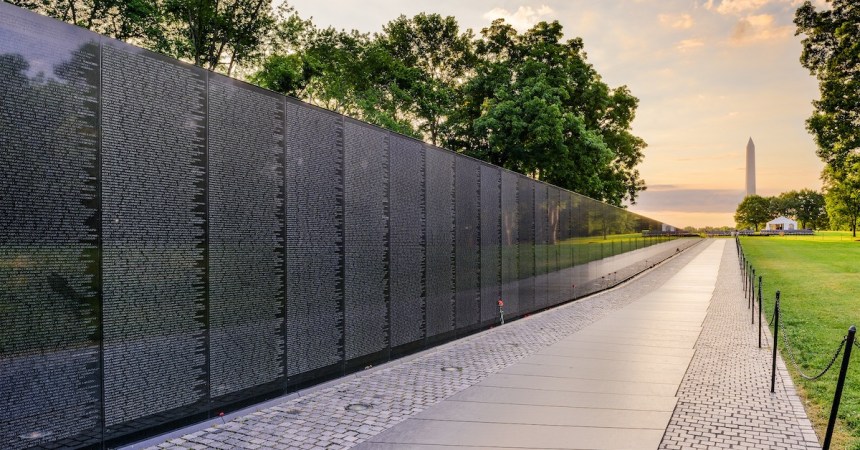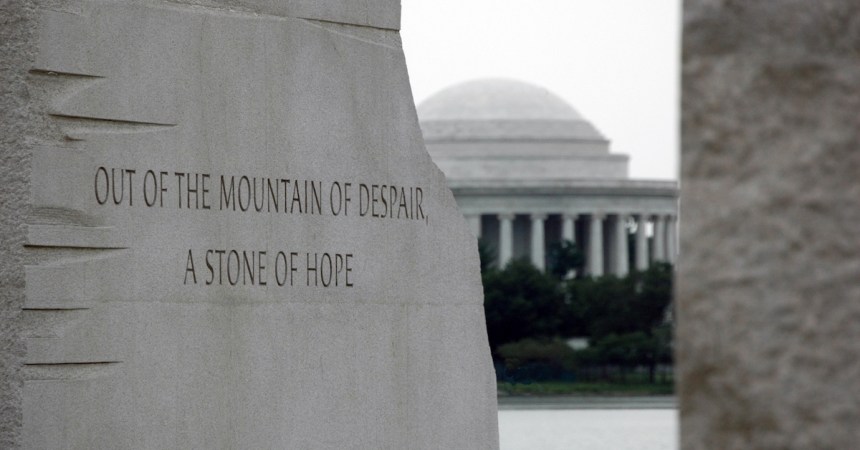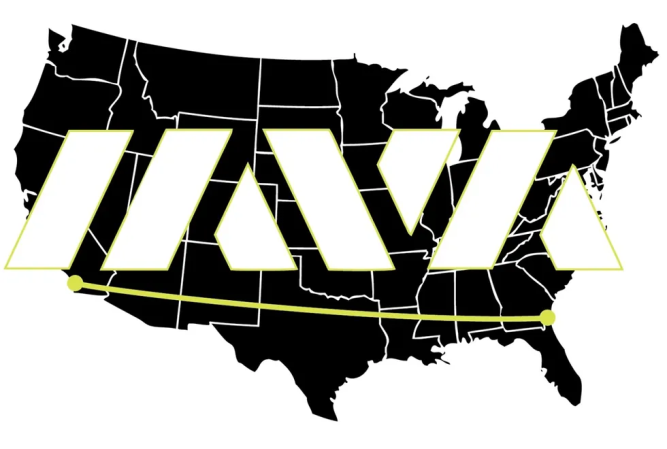According to a report by UPI, an LGM-30 Minuteman intercontinental ballistic missile was taken from Minot Air Force Base and launched from Vandenberg Air Force Base to test America’s land-based deterrence force.
The missile landed at the remote Pacific base of Kwajalein Atoll. Now, the United States has used these islands for atomic tests and as a place for missiles to land for years.
But Kwajalein has a bit more significance to the U.S. than most other atolls out there. You see, it was one of the many islands American forces had to take from Japan during World War II – and thus, it is consecrated ground.

During World War I, Japan had taken the Gilbert Islands, Marshall Islands, and Caroline Islands from Germany. According to an official Marine Corps history of the 4th Marine Division, the islands were soon fortified with bunkers, air strips, a lot of firepower, and very fierce troops.
In Nov., 1943, the United States had taken Tarawa in the Gilberts – and paid a heavy price. According to Seizure of the Gilberts and Marshalls, published by the Center for Military History, 3,301 Marines were killed, wounded, or missing after the effort to take Tarawa. Kwajalein was expected to be even tougher, prompting legendary commanders like Raymond Spruance, Richmond K. Turner, and Holland Smith to oppose hitting Kwajalein at all.

Admiral Nimitz overruled their objections, and Kwajalein it was. Taking into account the lessons of Tarawa, this time, the United States brought overwhelming force. The major targets were Roi Island, Namur Island, and Kwajalein Island. For almost two months, air strikes were launched, including some with B-24 Liberators and others by carriers, on the Marshalls.
When the attack on Kwajalein came, it still took time, but only 142 American military personnel were killed in attacking Kwajalein Island proper. Another 190 died while taking the islands of Roi and Namur. Total casualties in those assaults – dead, wounded, and missing – were 1,726.

After World War II, most of the American forces left, but Kwajalein today serves as part of the Ronald Reagan Ballistic Missile Defense Test Site. 332 Americans paid the ultimate price to take it 73 years ago. Today, it helps America develop systems that can save hundreds of thousands – if not millions – of lives.



